10 Carbs to Help You Lose Weight
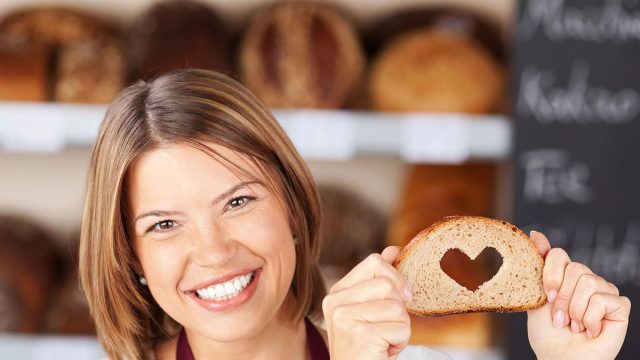
Low or zero-carb diets have been a mainstream weight loss trend. However, not all carbs are bad. In fact, according to research, eating more carbs – the good kind – can actually help you lose more weight. A 2023 study published in BMJ states, "increased consumption of carbohydrates from refined grains, starchy vegetables, and sugary drinks is associated with greater weight gain throughout midlife." However, an increase in fiber and carbs from better sources was linked to less weight gain. According to the study, here are ten carbs that will help you lose weight.
Whole Wheat Bread
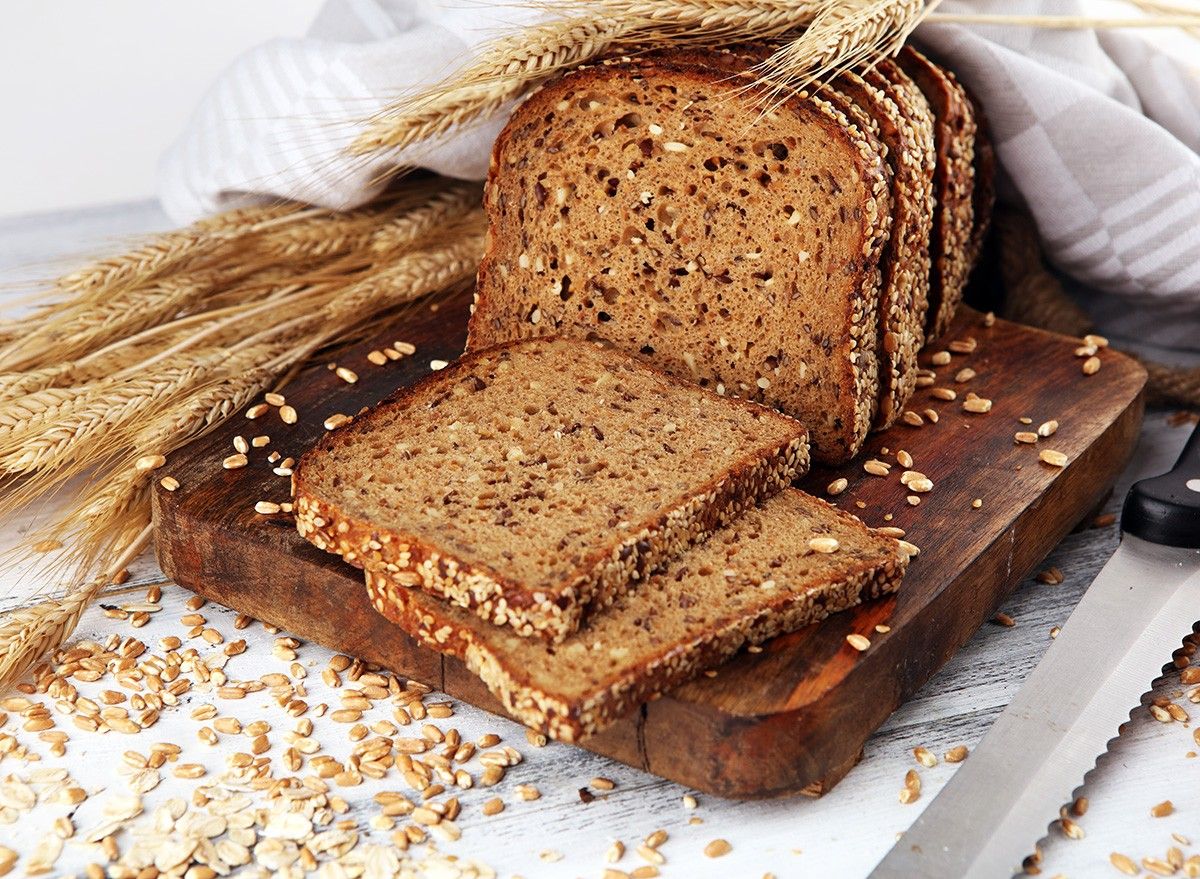
If you are going to eat bread, nutritionists unanimously agree that sticking to whole grains is the way to go. Whole wheat bread is higher in fiber than bread made with white flour, meaning it will digest more easily.
Whole Grain Pasta
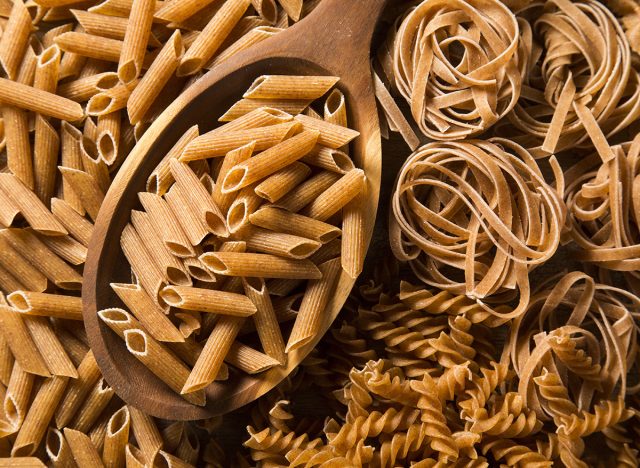
The same goes for pasta. If you want to lose weight, stick to whole-grain pasta—brown rice or quinoa—or protein-packed pasta made from chickpeas.
Steel Cut Oats
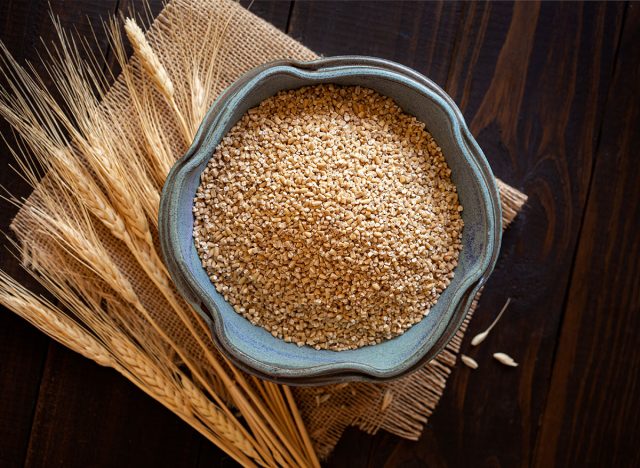
Oats, specifically steel-cut oats, are beneficial for weight loss. One serving boasts 5 grams of fiber and will keep you full for hours.
Popcorn
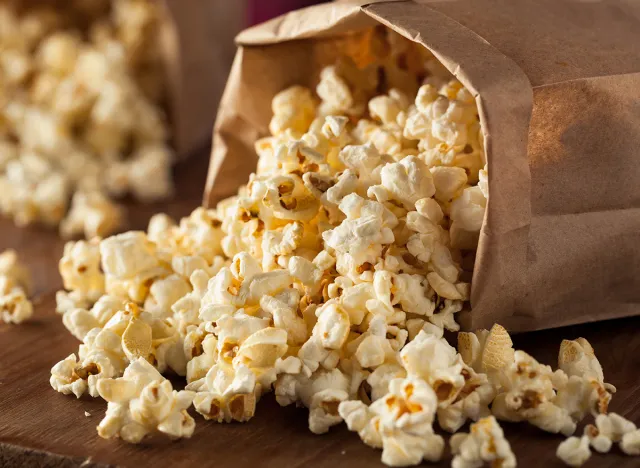
Popcorn will also help you lose weight. However, make sure to stay away from popcorn with butter or other fats if you want to drop pounds.
Quinoa
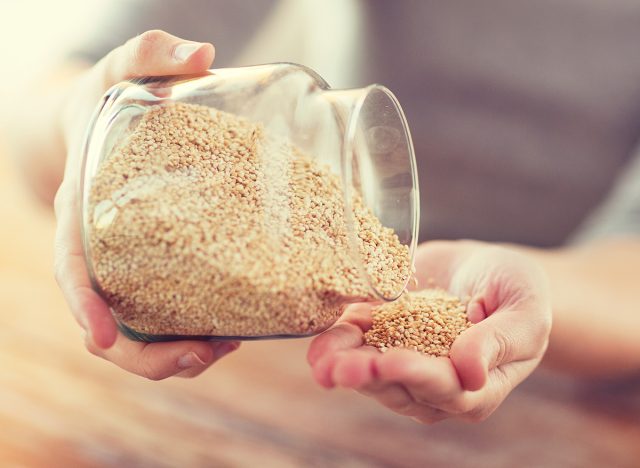
According to the Cleveland Clinic, quinoa is a nutrient-dense food. One serving, 222 calories, offers 8 grams of protein, 5.2 grams of fiber, and lots of nutrients like thiamin, riboflavin, iron, and magnesium.
RELATED: Best Ways to Lose Weight in 2 Weeks After 50
Barley
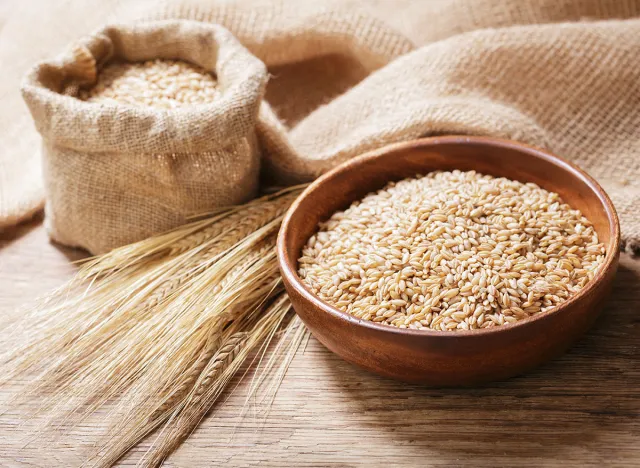
Not only is it barely a great whole grain for weight loss, but studies have shown that it reduces cholesterol and the risk of cardiovascular disease.
Bulgur
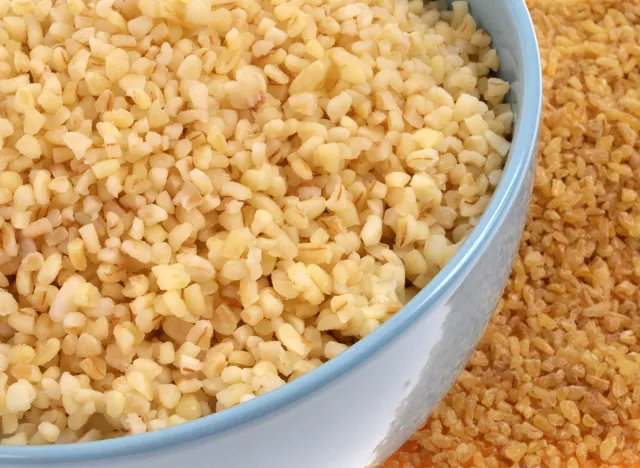
Bulgur is another great carb for weight loss. One half-cup serving has just 76 calories, 4 grams of fiber, 3 grams protein, and 17 carbs.
Farro
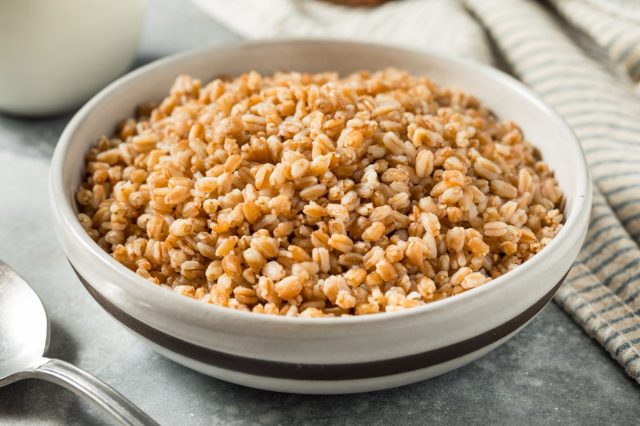
"Farro is a great source of fiber, iron, protein and magnesium. With all of those nutrients in this little grain, it can provide a lot of health benefits for your diabetes or for heart health or for brain health," Anya Guy, a Mayo Clinic dietitian, told the Mayo Clinic.
Whole Fruits
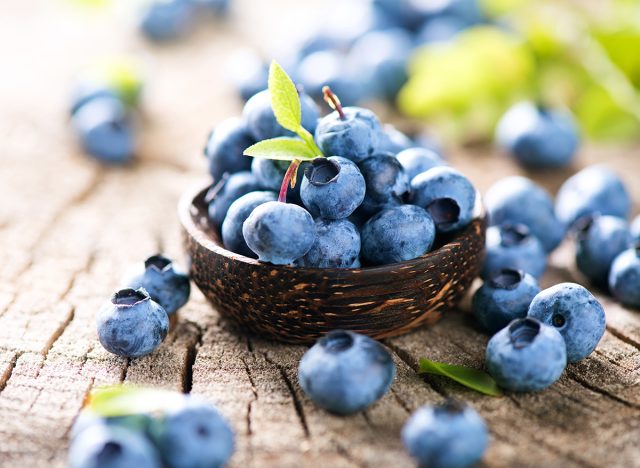
Most whole fruits will also help you lose weight. Citrus fruit, apples, berries (blueberries, blackberries, strawberries, raspberries), pineapple, pears, grapes, and mango should all be on your shopping list. Another bonus? They will also satisfy your sweet tooth.
Related: 15 Quick Ways to Lose Body Fat Percentage in a Week
Non-Starchy Vegetables
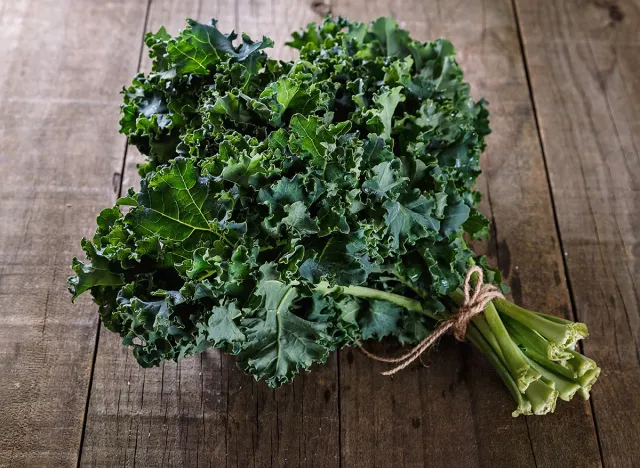
Non-starchy vegetables are also great for weight loss. Choose spinach, kale, collard greens, broccoli, asparagus, and carrots.
💪🔥Body Booster: Choose whole-grain bread over white bread. Whole grains are higher in fiber, promoting better digestion and weight management. And if you enjoyed this article, take advantage of these 20 Superfoods for People Over 50.




